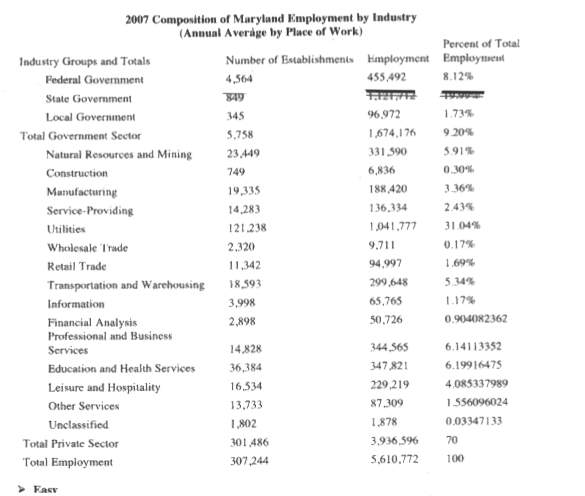Permanent wilting percentage (PWP) is the highest in
Silt
Sandy soil
Loam
Clay soil
The correct Answer is:B
To solve the question regarding which type of soil has the highest permanent wilting percentage (PWP), we can follow these steps:
1. Understand Permanent Wilting Percentage (PWP):
- PWP is defined as the minimum amount of water that must be present in the soil for plants to avoid wilting. If the soil moisture drops below this level, plants will begin to wilt.
2. Identify Soil Types:
- The options provided are:
- Silt
- Sandy soil
- Loam
- Clay soil
3. Analyze Water Retention in Different Soil Types:
- Sandy Soil: Sandy soil has larger particles and tends to drain quickly, which means it does not retain water well. Therefore, it has a lower water retention capacity and a higher PWP.
- Silt: Silt has smaller particles than sand and retains more moisture than sandy soil, but less than clay.
- Loam: Loam is a mixture of sand, silt, and clay, and it retains moisture well, making it ideal for plant growth.
- Clay Soil: Clay has very small particles and retains water very well, resulting in a lower PWP compared to sandy soil.
4. Conclusion:
- Since sandy soil has the least water retention capability, it has the highest permanent wilting percentage. Thus, the correct answer to the question is sandy soil.
Final Answer:
The permanent wilting percentage (PWP) is the highest in sandy soil.
- PWP is defined as the minimum amount of water that must be present in the soil for plants to avoid wilting. If the soil moisture drops below this level, plants will begin to wilt.
- The options provided are:
- Silt
- Sandy soil
- Loam
- Clay soil
- Sandy Soil: Sandy soil has larger particles and tends to drain quickly, which means it does not retain water well. Therefore, it has a lower water retention capacity and a higher PWP.
- Silt: Silt has smaller particles than sand and retains more moisture than sandy soil, but less than clay.
- Loam: Loam is a mixture of sand, silt, and clay, and it retains moisture well, making it ideal for plant growth.
- Clay Soil: Clay has very small particles and retains water very well, resulting in a lower PWP compared to sandy soil.
- Since sandy soil has the least water retention capability, it has the highest permanent wilting percentage. Thus, the correct answer to the question is sandy soil.
The permanent wilting percentage (PWP) is the highest in sandy soil.
Topper's Solved these Questions
- ORGANISMS AND POPULATIONSBOOK - CENGAGE BIOLOGY ENGLISHCHAPTER - ORGANISMS AND POPULATIONSEXERCISE - ARCHIVES (Choose the correct options)
29 Videos
- MICROBES IN HUMAN WELFAREBOOK - CENGAGE BIOLOGY ENGLISHCHAPTER - MICROBES IN HUMAN WELFAREEXERCISE - ARCHIVES
26 Videos
- REPRODUCTION IN ORGANISMS BOOK - CENGAGE BIOLOGY ENGLISHCHAPTER - REPRODUCTION IN ORGANISMS EXERCISE - ARCHIVES
8 Videos
Similar Questions
Knowledge Check

Which one of the following is a valid inference?
(I) The state Government can be inferred as employing the highest number of Employees per establishment only because the percentage Employment it provides is the highest . The number of Establishments is not important.
(II) The State Government can be inferred as employing the highest number of Employees per Establishment since it has the least number of organizations and offers the highest Employment.
(III) The state Government can be inferred as employing the highest number of Employees per Establishment since it has the least number of organizations and offers the highest Percentage of Employment.AI onlyBII onlyCIII onlyDII and III
Permanent magnets show
View SolutionWilting occurs when
View SolutionHardness of water may be tempoarary or permanent .Permanent hardness is due to the presence of
View SolutionThe EN's of F,CI Br and I are 4.0 ,3.0, 2.8 and 2.5 respectively The hybrogen halide with a highest percentage of ionic character is .
View SolutionWilting occure due to
View SolutionTemporary wilting is due to
View SolutionA permanent magnet attracts
View Solution
